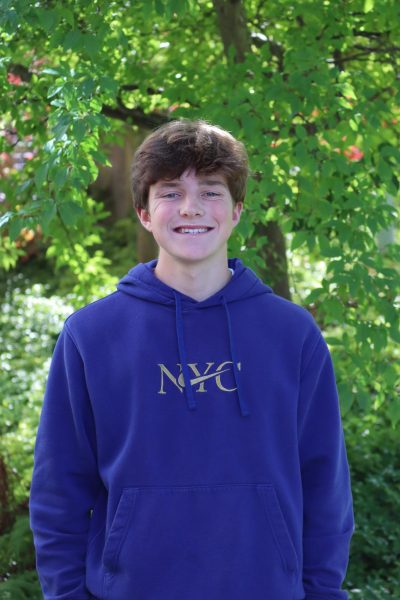Three Ways Seasonal Depression Strikes Students
November 1, 2021
Seasonal depression is a mood disorder characterized by depression that occurs at the same time every year; it especially occurs in climates where there is less sunlight at certain times of the year. Living in Seattle, where the average winter temperature ranges from the high 30s to high 40s, many people are forced to tolerate with their seasonal depression. While some Seattleites are affected by the uncomfortably cold temperatures, others are affected by the minimal hours of daylight seen. For instance, in Seattle, there are eight and a half hours of daylight in the winter, compared to a whopping sixteen hours of daylight in the summer. This drastic difference is the main cause for the seasonal depression of adolescents who attend school each day and parents who work every day.
The typical school day at Seattle Prep begins at 7:45 AM. The average sunrise in wintertime is around 8:00 AM. Further, this shows there is at least fifteen minutes of darkness outside of classrooms in the mornings. That may not seem unpleasant until you factor in time to transport oneself to school. Students commutes take between ten minutes and one hour to make it to Prep in the mornings. Getting ready, driving to school, and beginning first period all with black skies outside is not an ideal way to begin a day.
However, arguably the larger problems lie within the sunset time of Seattle winters. The average sunset in wintertime is 4:30 PM. The grays that fill the coastline along with shorter days can cause some to feel unmotivated and carry less energy. For instance, many people lack energy in the afternoon when outside is all dark.
Seattle Prep Counselor Dr. Rossellini said, “Part of the why is the shorter days and the more darkness might be the thing that’s affecting people in terms of their mood. Since vitamin d helps in serotonin being released, part of the theory is with less sunlight, people receive less vitamin d and therefore potentially less serotonin and so that’s why this is more likely to come up and along with the shorter days. Another thing to consider is why people do not necessarily have this diagnosis but struggle more in the winter and with the shorter days is it’s just harder to do things outside. It’s dark when you go to school and practically dark when you get out of school and some things people might find enjoyment in are harder to do. There is a lot of research backing up being outside more and in nature can help in terms of mood, so that’s another kind of thought to kind of consider.”
While in wintertime it can be difficult at times to feel bright and vividly, it can also be a very positive time. Focusing on the enjoyable things about winter often brings happiness to hearts. For example, many look forward to winter for shredding the slopes, enjoying the eventful month of December, and everyone loves Christmas break as well as President’s Day weekend.


